Susan Page’s The Rulebreaker, about television legend Barbara Walters, was called “a compelling, deliciously readable biography by the Washington Post.” Indeed it is.
The reviews have been unanimous. This is not a total surprise. Page has made a specialty of taking us inside the lives of strong women we thought we knew. There was First Lady Barbara Bush, followed by House Speaker Nancy Pelosi. And now, there is the woman we woke up with for years. The one who later became the first female to co-anchor a nightly newscast, and finally, gave us an inside view (yes, she co-created “The View”) of what women think and talk about.
Read more: Liz and Dick: The Truth About Hollywood’s Wildest Love Affair
Barbara Behind-the-Scenes
I spoke with Page—who, when she is not writing best-sellers—is the Washington Bureau Chief of USA Today. Obvious question: Why Barbara Walters? “No one had written a definitive one,” the author says, “and you’re assuming there’s something more there to say, to surprise readers. At least you hope there is, or someone else would have done it.”
No one had written a definitive book about Barbara Walters – until now.
In terms of her process: It is somewhat formulaic and, yes, practical. “I’ve never done a so-called authorized biography,” she says. “I’ve been a journalist too long for that. My process is this: I make a list of the most important people to talk to (about my subject). Then I arrange interviews by date of birth (no joke). It’s a leap of faith when you choose someone. Several of the most important people I interviewed about Barbara had died by the time the book came out.”
Piecing Together a Life
She did not get an interview with her subject (as she did with Bush and Pelosi), “but Barbara knew I was working on it,” she says. “What I very much appreciated is that she did not tell anyone not to talk to me.” The only person Page didn’t get to speak with (and whom she would have loved to) was Walters’ only daughter, Jackie, who was adopted.
“They had a period of estrangement, and she ran away and had troubles with substance abuse,” says Page. “It would have been nice to have her voice. But she’s very private, and it’s her call.”
Even Diane Sawyer, Walters’ main competitor, was interviewed – and revealed what their rivalry stemmed from.
Even Diane Sawyer – Walters’ main, and younger, competitor – cooperated for the book. “Diane was a very important and interesting interview,” says Page. “She acknowledged the rivalry and discussed what it stemmed from. She also talked about their empathy for one another.”
These two pioneers had difficult paths. “Both were groundbreakers who paid a price. It was more complicated than people know,” says Page. “There were 16 years between them: Those are 16 big years in terms of women in the workplace.”
Pushing Through Tough Times
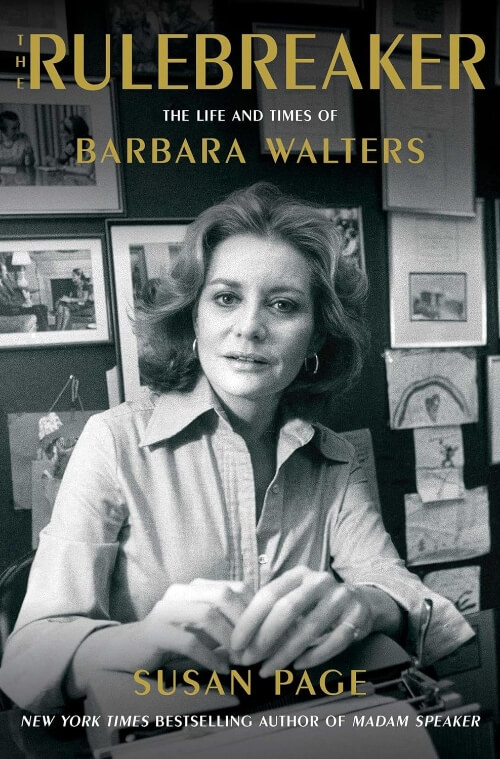
Through this book, we learn of all the hurdles Barbara Walters leaped over: growing up with a nightclub-owning father who never hugged her; enduring three marriages (“though she only admitted to two,” says Page); and having to give up the love of her life.
That was Edward Brooke of Massachusetts. “He was a Senator, which wasn’t good for a journalist,” says Page. “Plus, he was married, and he was black. At that time, it all would have been controversial.”
“She gave up the love of her life. At that time, their relationship would have been controversial.”
Walters faced other challenges: We learn of a sister who suffered from leukemia.
And then there was the constant resentment of the male giants of her day, especially when she was the first anchor to crack a million-dollar salary. She was not exactly welcomed with open arms. Co-anchor Harry Reasoner often looked pained, and Walter Cronkite apparently said he felt a wave of nausea about what was coming in his business.
Becoming a Household Name
Eventually, she won over even the bullies, famously landing hard-to-get newsmakers for prime-time specials. (Her interview with Monica Lewinsky is still the most highly-rated of any exclusive interview, with some 75 million viewers)
We may think of her nabbing the big stars of Hollywood, but as Page points out, “she was also getting one on ones with people like Fidel Castro. Not long before she died, she did a tough interview with a leader of Syria. For her to do that at the end of her career was really great.”
On the softer front, Barbara Walters went out on a professional high, having convinced the bosses at ABC that women of different viewpoints might enjoy talking to one another. And that female viewers would watch them do so.
Smashing Stereotypes
“No one watches women over 60,” was the refrain that Walters heard repeatedly. (As did Angela Lansbury when she did a pilot for a little show called ‘Murder She Wrote.”)
Then came the game-changer which proved everyone wrong and helped combat ageism. “The View” was such a different format,” says Page “and Barbara created it when she was 67. It kept her on television, and the show is how most younger women know of Barbara Walters.”
Meanwhile, her long-time competitors and fans won’t forget her and how she revolutionized the role of women in the media. “Barbara was critical,” says another female TV news pioneer, Mary Alice Williams. “She opened doors and broke ceilings. We are all indebted to her. That’s as a professional. On a personal level, she was far more complicated.”
What She Sacrificed
Yes, she was, as you’ll learn reading this biography and learning about her estrangement from her daughter and the end of her romances. There is a sadness hovering over its final chapters. “She was so isolated at the end,” says Page. “She had a beautiful home, but she didn’t want to cross the street to Central Park and have people see her in a wheelchair.” She is buried, Page herself discovered, at a cemetery in Miami. The tombstone reads simply, “No regrets. I had a great life.”
Read more: Is There Anything More We Can Learn About Barbra Streisand?
Michele Willens is the author of “From Mouseketeers to Menopause.”

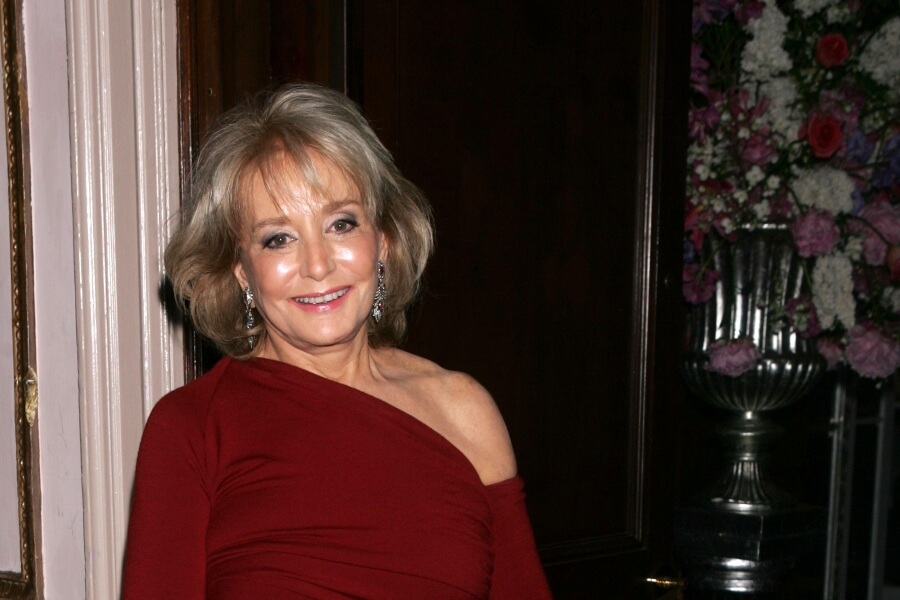


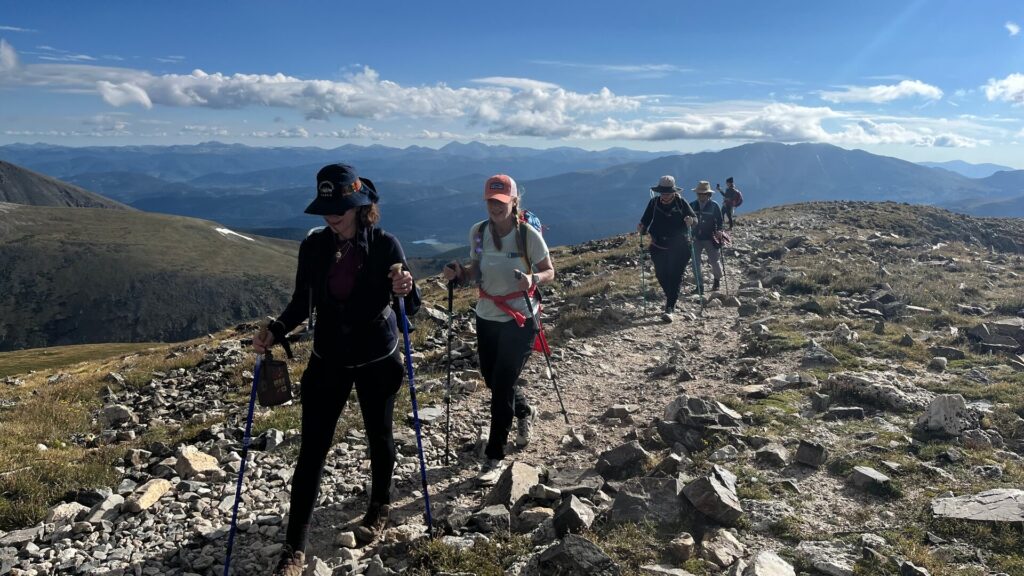

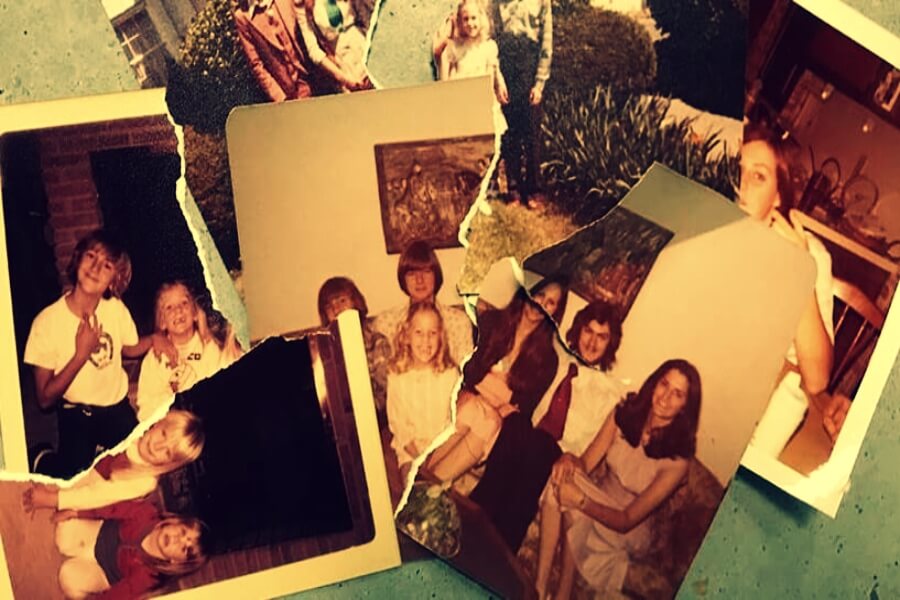
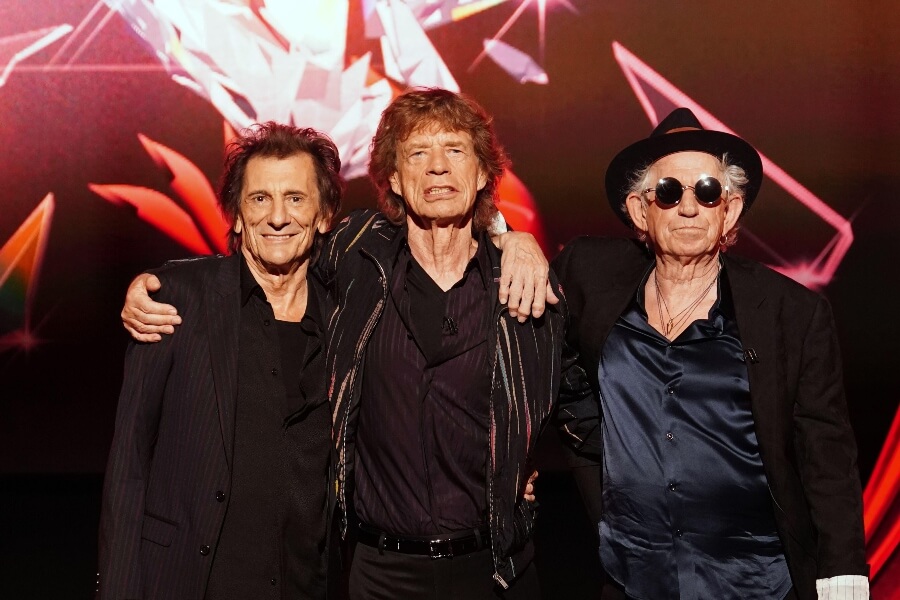



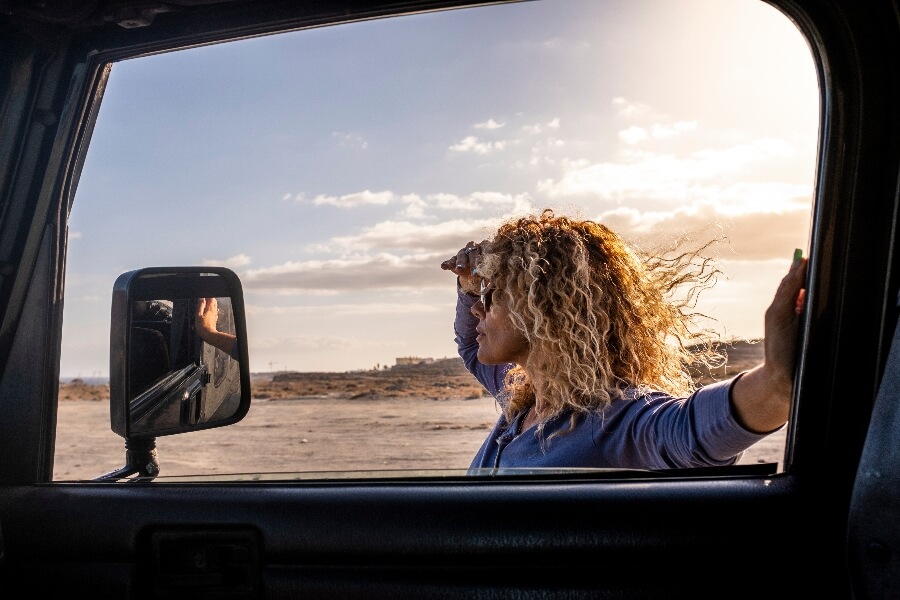
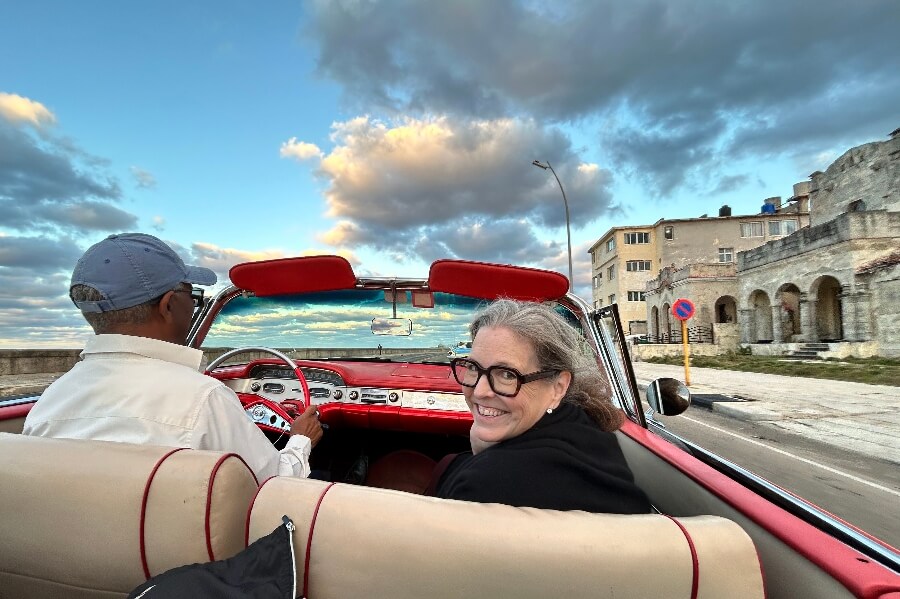
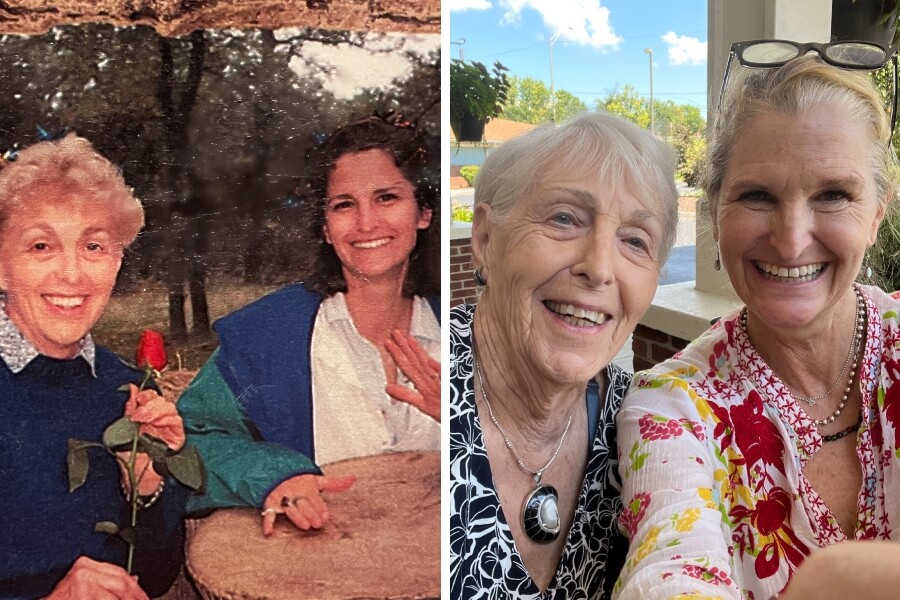
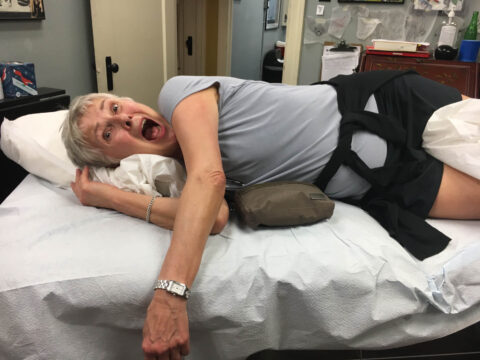

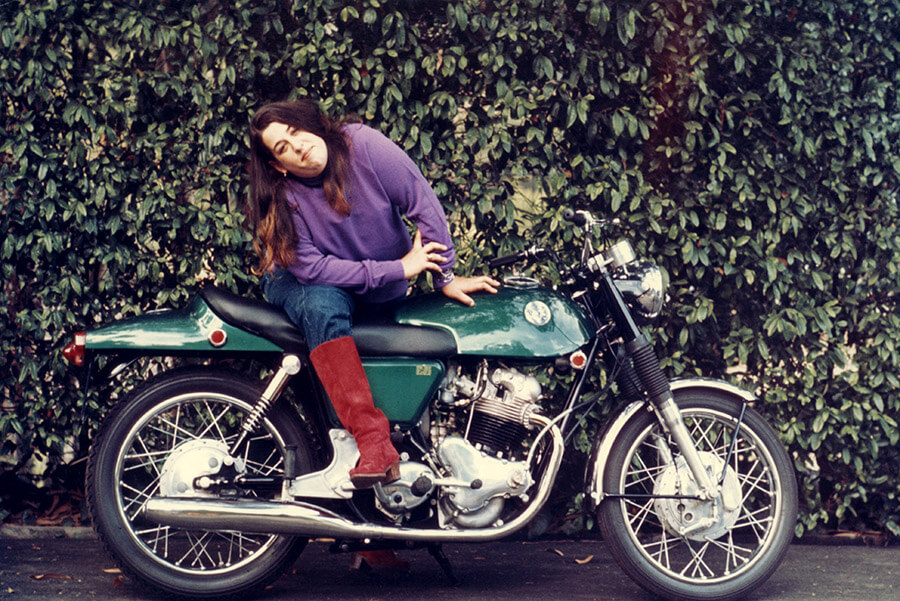
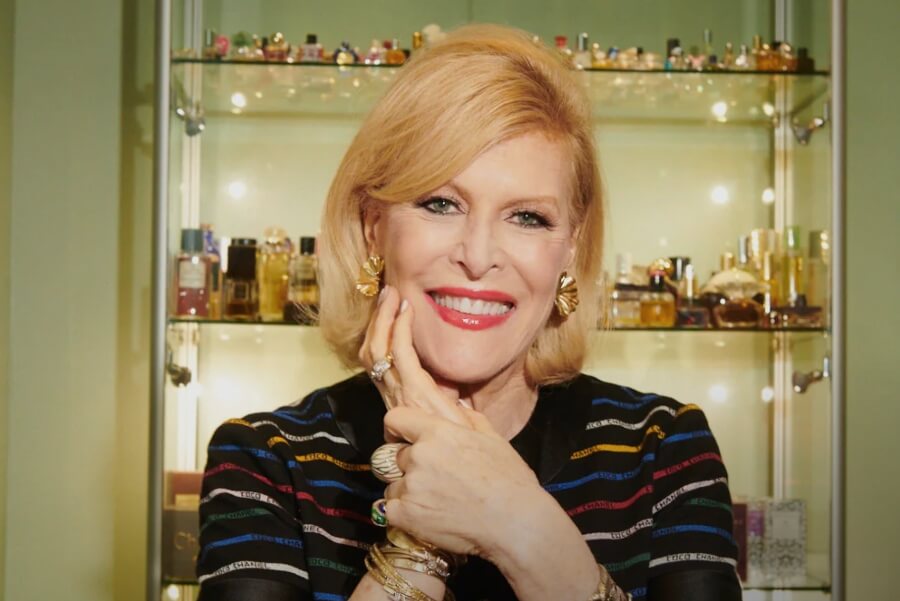
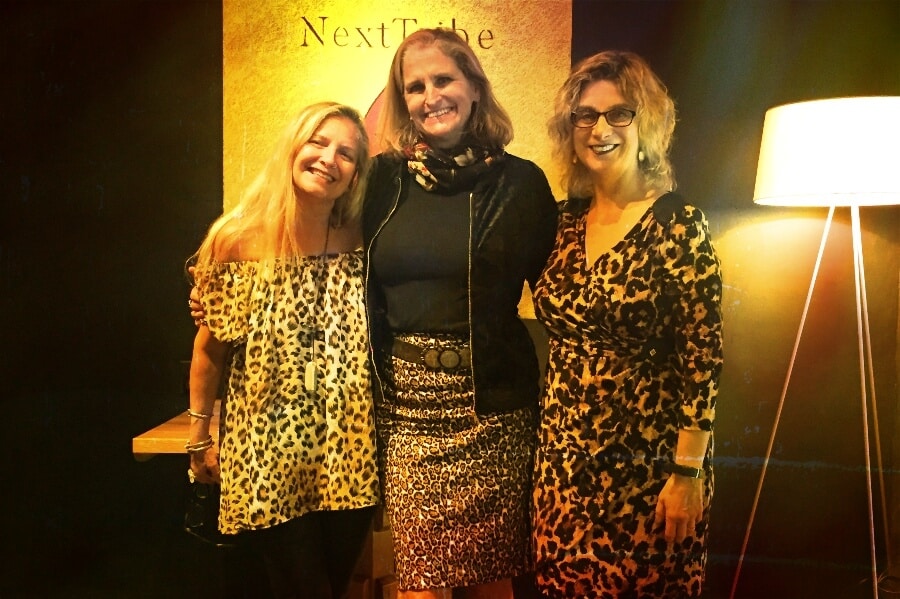

0 Comments